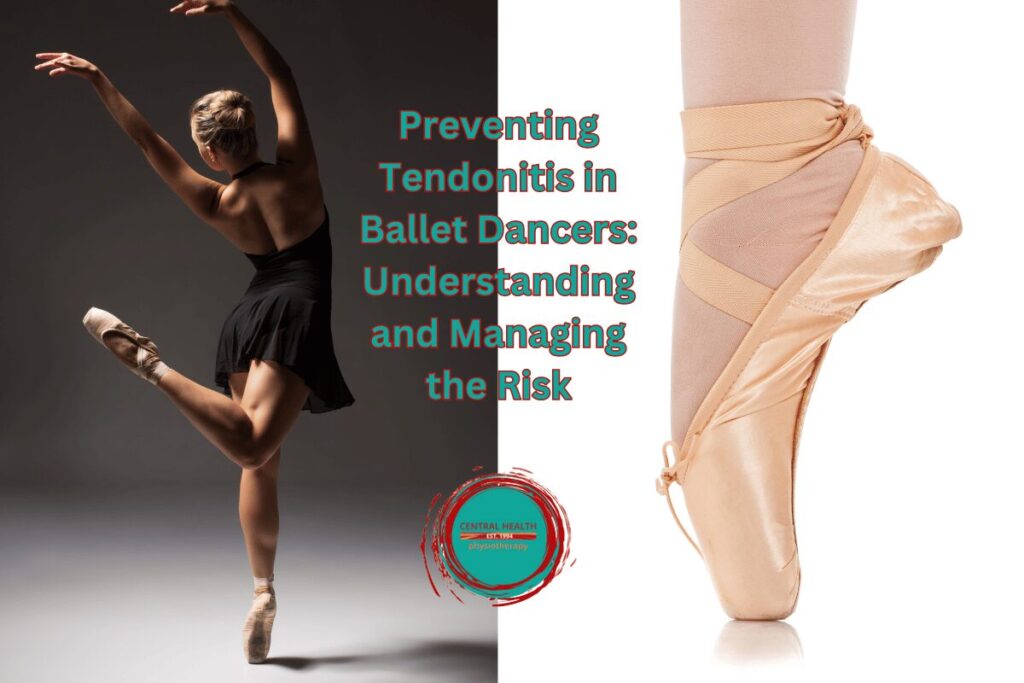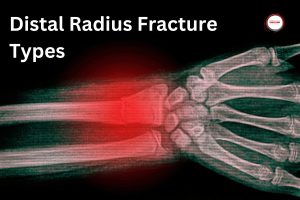
Are you a ballet dancer struggling with persistent pain in your tendons? Perhaps you’ve heard of tendonitis or even experienced it yourself. In the world of dance, especially ballet, where intricate movements and extreme flexibility are the norm, tendonitis can be a significant hurdle. But fear not! This article is your ultimate guide to understanding, preventing, and treating tendonitis, specifically tailored for classical ballet dancers.
Outline:
- Understanding Tendonitis in Dancers
- Biomechanics of Ballet: How Does It Affect Tendons?
- Common Tendonitis Issues in Ballet Dancers
- Prevention Strategies: Protecting Your Achilles and Beyond
- Diagnosis and Treatment: Navigating Recovery
- What is Dancer’s Tendinopathy?
- Tendinopathy in the Big Toe: Impact and Management
- Overcoming Achilles Tendonitis: Tips and Exercises
- Rehabilitation and Returning to Dance Safely
- Long-term Strategies: Sustaining a Healthy Dance Career
Understanding Tendonitis in Dancers
Tendonitis, commonly known as tendon inflammation, is a prevalent issue among ballet dancers due to the repetitive stress placed on their tendons. These injuries, often affecting the Achilles tendon or the flexor tendons in the foot, can result from overuse, improper technique, or inadequate rest. Understanding the biomechanics of ballet and the specific demands it places on the body is crucial in comprehending why tendonitis is so prevalent among dancers.
Biomechanics of Ballet: How Does It Affect Tendons?
The graceful movements of ballet conceal the immense strain placed on a dancer’s body, particularly on the tendons. Ballet requires extreme ranges of motion, such as the pointed foot in relevé or plié positions, which can overstress the Achilles tendon and surrounding structures. Additionally, repetitive movements like jumps and turns can lead to overuse injuries, further exacerbating the risk of tendonitis.
The sheer volume of repetitions where a dancer rises up on their toes with a completely extended vertical foot, places stress on the ankle joint, the big toe and in particular the base of the distal phalanx. This places stress on these structures in the body which can often lead to pain.
Common Tendonitis Issues in Ballet Dancers

Among ballet dancers, Achilles tendinopathy is one of the most common afflictions. The repetitive stress from jumps, landings, and the en pointe position can irritate the Achilles tendon, causing pain and stiffness. These positions can also increase the risk of ankle sprains, posterior ankle impingement and issues with the first MTP joint. Moreover, flexor hallucis longus (FHL) tendon issues, often overlooked, can also plague dancers due to the demands of maintaining balance and stability on the balls of their feet.
Prevention Strategies: Protecting Your Achilles and Beyond
Preventing tendonitis begins with understanding your body’s limits and incorporating adequate warm-up and cool-down routines into your dance regimen. Strengthening exercises targeting the foot and ankle muscles, along with cross-training activities to improve overall strength and flexibility, can significantly reduce the risk of tendon and ankle injuries. Sometimes, even improving joint mobility is critical.
Diagnosis and Treatment: Navigating Recovery
Correct diagnosis of tendonitis is essential for effective treatment. While rest and ice may provide temporary relief, seeking professional medical advice is crucial for accurate diagnosis and tailored treatment plans. Treatments may include physical therapy, non-steroidal anti-inflammatory drugs (NSAIDs), and in severe cases, corticosteroid injections or surgical intervention.
As experts in managing dance injuries, we will guide you through your assessment and treatment and subsequent recovery. Although these injuries are common among dancers and non-dancers, the management is not the same. Our treatment methods take this into account. While the body will initiate the healing process we find that helping you manage your relative rest, combined with a functional exercise for at least four to six weeks, is best for pain symptoms. Our exercises are designed to promote the best recovery while still allowing you to perform.
Flexor Hallucis Longus Tendon (FHL) Issues: A Deeper Dive
The FHL tendon plays a critical role in ballet movements, yet injuries to this tendon are often misunderstood or misdiagnosed as Achilles problems. From tendinopathy to tendonitis, flexor hallucis longus muscle issues can significantly impact a dancer’s ability to perform especially pointe work. Understanding the anatomy and biomechanics of the FHL tendon is essential for correct diagnosis and treatment.
Tendinopathy in the Big Toe: Impact and Management
The big toe, crucial for maintaining balance and propulsion in ballet, is susceptible to tendinopathy. As a dancer is on the balls of their feet for long periods, they may experience pain and stiffness in the big toe joint, affecting their ability to execute movements effectively. Management strategies may include rest, toe exercises, and footwear modifications to alleviate pressure on the affected tendon.
Overcoming Achilles Tendinitis: Tips and Exercises
Achilles tendinitis can be a persistent issue for ballet dancers, but with the right approach, it can be overcome. Eccentric strengthening exercises, calf stretches, and gradual return to dance protocols are essential components of rehabilitation. Additionally, addressing contributing factors such as footwear and technique can aid in long-term recovery.
Rehabilitation and Returning to Dance Safely
Returning to dance after a bout of tendonitis requires patience and a structured rehabilitation program. Gradually reintroducing dance-specific movements while monitoring pain levels is crucial for preventing re-injury. Working closely with physical therapists and dance instructors can ensure a safe and successful return to the studio.

Long-term Strategies: Sustaining a Healthy Dance Career
Sustaining a long and fulfilling dance career requires proactive measures to prevent injuries and promote overall well-being. Prioritising rest, cross-training, and proper nutrition can help maintain the body’s resilience against the rigours of ballet. Regular check-ups with healthcare professionals can also detect and address potential issues before they escalate.
Key Takeaways:
- Tendinitis in ballet dancers is common, often stemming from overuse and biomechanical factors.
- Understanding the specific demands of ballet and the biomechanics involved is crucial for preventing and managing tendonitis.
- Accurately diagnosing this condition and correct treatment, along with targeted rehabilitation exercises, are essential for overcoming tendonitis and returning to dance safely.
- Long-term strategies, including cross-training and injury prevention measures, can help sustain a healthy dance career.
In conclusion, by arming yourself with knowledge about tendonitis and its management strategies, you can minimise the risk of injury and continue pursuing your passion for ballet whether you are an amateur or pre-professional ballet dancer, with confidence and resilience. Remember, your body is your instrument, so treat it with care and respect to enjoy a long and fulfilling dance journey. If you’d like to see one of our dance medicine experts get in touch, and we can help you return to dance without pain.




Comments